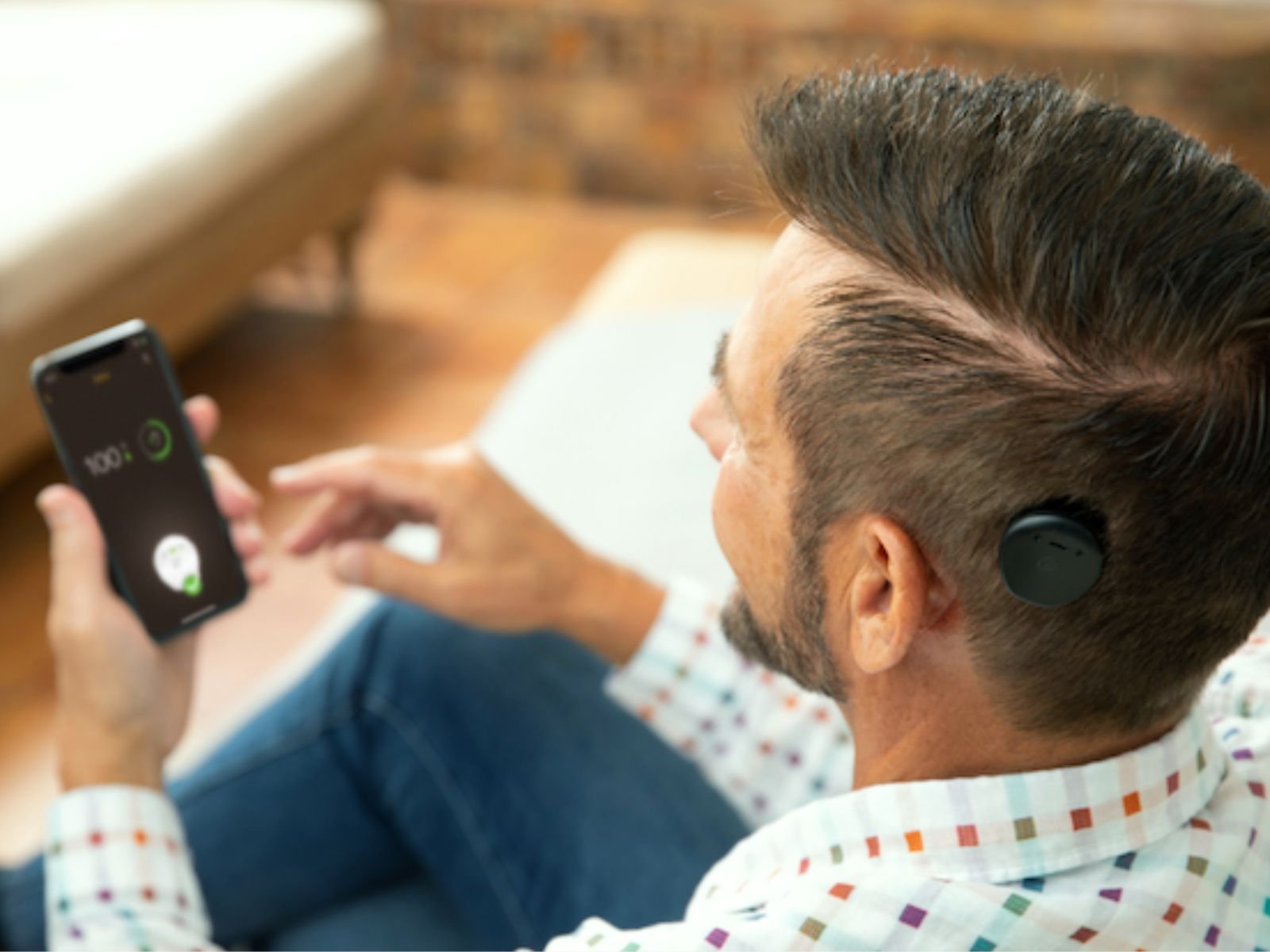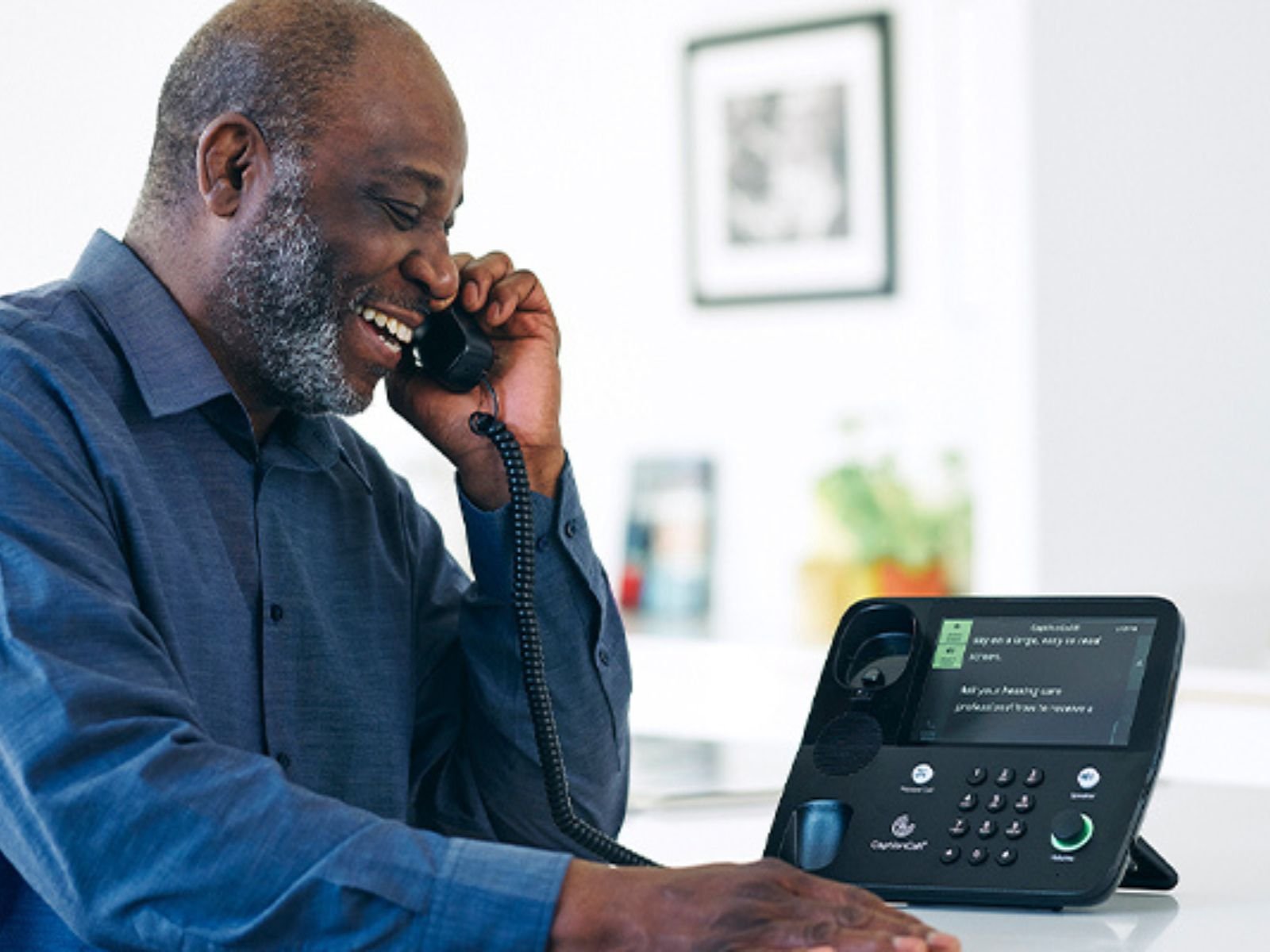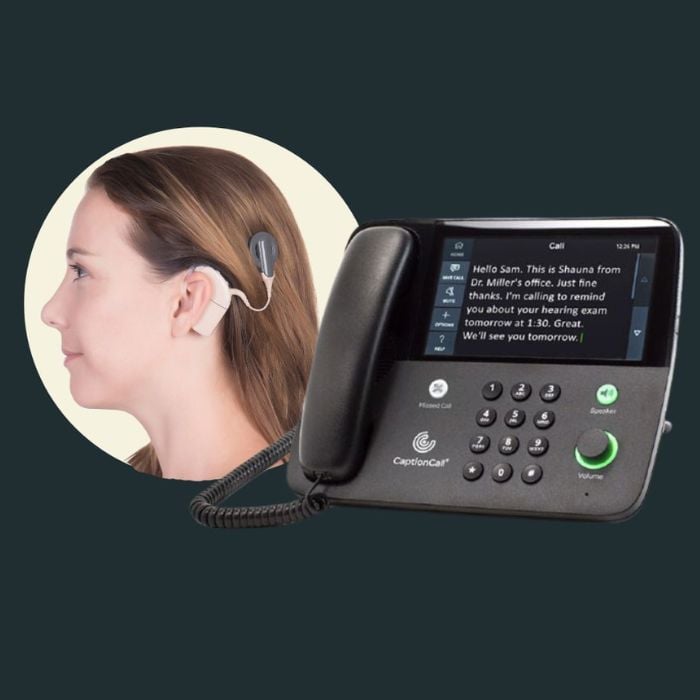Imagine the frustration of listening to a voice on the other line, each word sounds familiar but undecipherable. For patients with hearing loss, phone conversations aren't just challenging; they can feel like trying to understand a foreign language. As an audiologist, I’ve worked with these patients firsthand. The strain to piece together sentences, the repeated requests to speak up or slower, and the heavy silent gaps where understanding slips away—it all adds up to a disheartening experience. But today's hearing technology can make understanding easier. Suddenly, these individuals can discern sounds that were once lost to them, reshaping their relationship with communication. And when additional technologies such as real-time captioning services come into play, the picture becomes clearer and phone calls seem more manageable. This isn't just about staying connected; it's about reclaiming the joy of conversation.
Navigating the world of phone calls can be a minefield of misunderstandings, especially for those who are hearing-impaired. More than just an everyday convenience, the phone is a lifeline to communication, information, and community interaction. As an audiologist with a passion for technology's transformative power in improving the lives of my patients, I've seen the joy and relief that tools like caption phones and cochlear implants can bring to those struggling to keep up with conversations. Let’s take a deep dive into how these devices are revolutionizing the way hearing-impaired individuals connect with the world.
In this guide, we are going to talk about how to talk on the phone with a cochlear implant and where captioning technology comes in.
When Hearing Aids Can’t Quite Cut It

Cochlear Implants and Phone Conversations
Cochlear implants work by capturing sound with an external microphone and processing it into an electrical signal that is transmitted to an electrode array inside the ear. This signal is then sent to the auditory nerve, where it can be interpreted in the brain as sound. With today’s technology you can also stream phone calls directly to your implant via Bluetooth. Your cell phone can pair with the implant via Bluetooth, meaning the audio signal that normally travels through the air to your ear, now goes directly to the brain via the hearing nerve. Some patients also have a hearing aid on one ear and a cochlear implant on the other ear, that are paired to work as a “team.”
This means that audio via Bluetooth can stream to both devices at the same time. Of note, Bluetooth connectivity with hearing devices may vary, depending on the brand. However, a technician can assist with pairing hearing devices to a CaptionCall phone during setup to ensure that your device is both compatible and properly connected.
When it comes to phone conversations, outcomes are variable. Patients learn to hear with their implant, but it takes time and patience. We can't always predict who will be a superstar in background noise, comfortably talk on the phone, or enjoy music with their implant. However, with practice, patients often see significant improvement in the six to twelve months following implantation.
For many older adults, the phone represents a crucial line of communication. Their children or grandchildren may live far away, transforming the simple act of dialing a number into an emotional bridge that connects generations. Family members often keep in touch through phone calls, sharing updates, and nurturing bonds despite the miles. Additionally, important business, medical, or personal matters frequently necessitate phone communication, reinforcing the device's role as not just a tool for conversation but also as a means of managing key aspects of life. For those with impaired hearing, ensuring effective phone communication is not simply convenient; it's integral to maintaining independence and staying woven into their social and familial community.
The Role of Caption Phones in Communication Accessibility
Picture a time when you’re struggling to understand your conversation partner. Now imagine you could both read what they’re saying in real time in addition to hearing what they’re saying. That’s where caption phones come in.
Caption phones like CaptionCall by Sorenson offer a no-cost to the user with hearing loss who needs captions to communicate over the phone, real-time, caption service, delivered right to your phone's screen. This technology accomplishes this feat through either the use of automatic speech recognition technology or a human captioning agent who transcribes spoken words into text almost instantaneously.
The caption phone user can read these captions while listening to the speaker's voice at the same time. This blend of spoken and written input ensures that individuals with hearing loss can effectively follow along with calls, reducing the anxiety and frustration that often accompanies misunderstood or missed words. Essentially caption phones make phone calls easier to understand, offering a more inclusive and accessible means to connect with your social and professional circles.
Enhancing Understanding with Captions

Let’s look at an example to show how this technology works in action. Jim is newly implanted and adjusting to using his cochlear implant. It will be four weeks after his surgery until the cochlear implant is activated. For now, he relies on his BTE hearing aid in the right ear during the time following the surgery and until his implant is activated. Jim is looking forward to the activation but finds it a bit more challenging to hear with just one ear. Conversations with his adult children are important to him, and they live out of state, so communication has often taken place via text messages or emails, as phone conversation became too frustrating.
Fortunately, Jim heard about CaptionCall by Sorenson, a service solely for those who qualify with hearing loss, and reached out to start the process. Jim found that he meets eligibility criteria because of his hearing loss and need for captions in order to communicate over the phone. Next, Jim is ready to get set up with a caption phone.
Jim’s installation went smoothly, with a technician that came out to get the equipment up and running. He opted for both the at-home landline and mobile app, that way he has captioning technology available for all of his phone calls. Jim heard about the possibility of Bluetooth connectivity with his hearing aid and CaptionCall phone.
Luckily, his technician helped him with the setup. When he’s ready to talk to his son, Jim dials the number on his landline phone and can read the captions during the conversation while streaming audio from the phone call to his right hearing aid. Jim notices that although he still can’t make out every word, it’s a lot easier to understand conversations when captions clarify words he didn’t quite catch.
Several months following his cochlear implant activation, Jim uses the Bluetooth capability to hear calls directly in both ears. Just as before, the audio is streamed from the CaptionCall phone to his hearing aid and paired CI. At first, the words on the phone were difficult to make out with his CI, but fortunately the captions helped to follow the conversation.
Now, Jim notices as the weeks go by that his speech understanding with his cochlear implant is improving. The captions reinforce the words that he’s hearing, helping his brain to make sense of the sounds as he learns to hear with his cochlear implant.
Developing Listening Strategies for the Optimal Phone Call
Regardless of the technology at hand, listening over the phone can present unique challenges for the hearing-impaired. To truly optimize the benefit of caption phones and cochlear implants, it's essential to develop effective listening strategies that can improve the overall experience.
Environment Matters: Creating an Ideal Setting
Background noise is the nemesis of clear communication. Choosing a quiet and familiar environment for phone calls can greatly enhance the listening experience, reducing the cognitive load and better enabling the brain to process speech.
Active Engagement: Focused Listening and Participation
Actively engaging in a conversation by focusing on the speaker's words—both what is being heard and seen with a caption phone—enhances comprehension. Asking for repetition or clarification when needed is another strategic move towards more effective communication.
Telephone Training Exercises by Cochlear Americas
Cochlear Americas recognizes that mastering phone conversations is critical for those with cochlear implants. This has led to the development of innovative telephone training exercises specifically designed for enhancing speech understanding over the phone. These exercises involve patients calling into a dedicated Cochlear service, listening to a pre-recorded text, and then having the opportunity to compare what they understood by accessing the transcript online.
This form of auditory training allows users to practice telephone communication in a controlled manner, which can progressively build their confidence. By comparing their perceived words with the actual transcript, patients gain insight into their areas of strength and those where they need improvement. Continual engagement with these exercises can lead to substantial improvements in a patient's ability to use the telephone effectively and enjoyably in their daily lives.
Conclusion: Embracing Communication Advances with Compassion
As we move forward, the innovations in telecommunication, such as caption phones and cochlear implants, continue to break down barriers for the hearing-impaired, offering new avenues for connection and understanding. Through compassionate application of these technologies and thoughtful support in their use, we can foster a world where everyone has the opportunity to engage fully and joyously in life's conversations. With continued dedication to innovative solutions and personalized strategies, we can ensure that hearing impairment becomes a challenge of the past—allowing individuals to enjoy the simple yet profound pleasure of a phone call to its fullest extent.

CaptionCall and CaptionCall Mobile are available in the United States only. FEDERAL LAW PROHIBITS ANYONE BUT REGISTERED USERS WITH HEARING LOSS FROM USING INTERNET PROTOCOL (IP) CAPTIONED TELEPHONES WITH THE CAPTIONS TURNED ON. IP captioned telephone service may use a live operator. The operator generates captions of what the other party to the call says. These captions are then sent to your phone. There is a cost for each minute of captions generated, paid from a federally administered fund. No costs are passed along to individuals who qualify for the service. The CaptionCall phone and CaptionCall Mobile app remain the property of Sorenson in order to provide ongoing support, service, and upgrades.






